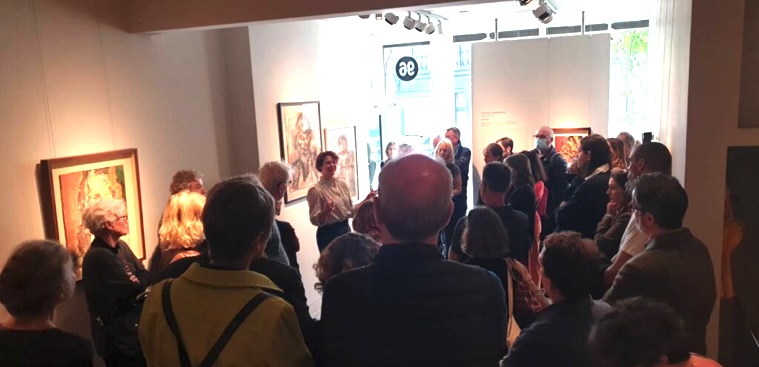Kate Aspinall
Kate’s art practice (which until recently was carried out under the name Theo) includes intricate pencil work, experimental mixed media drawing, painting, and sculpture. Recent fellowships include the EU-directed Vertigo Starts with Pompeu Fabra University in Barcelona and the Centre for Advanced Studies at Central European University (Budapest/Vienna). Grounded in a love of drawing, her work often challenges the long-held distinction between ephemera and presentation pieces.
Dr Aspinall is a proudly independent art historian. She focuses her research on the cultural and intellectual history of Anglo-American drawing practices. She has most recently taught for the Courtauld and Yale in London and has a wide range of experiences with public speaking, from lecturing for the Art Society to television appearances, and delivering tailored talks to galleries and public institutions, including Tate, the Towner and Pallant House.

